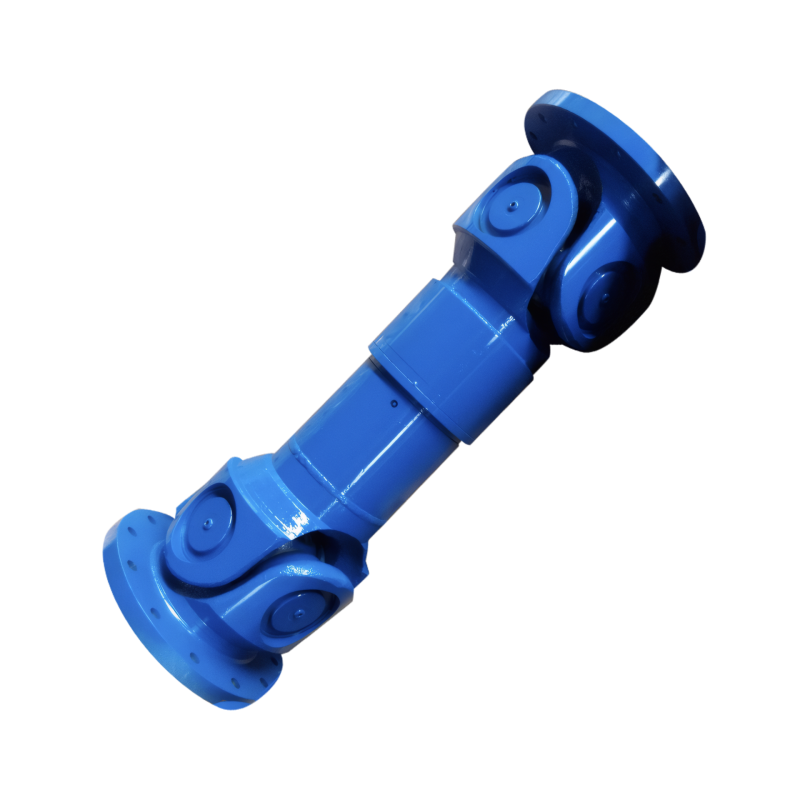Application scenarios of non-uniform speed drive shafts
Applications of Non-Constant Velocity Drive Shafts in Automotive Engineering
Non-constant velocity drive shafts, also known as unequal-velocity universal joint shafts, play a crucial role in power transmission systems where angular variations between connected components are inevitable. These shafts demonstrate exceptional adaptability in scenarios requiring reliable torque transfer despite changing operating angles.
Heavy-Duty Commercial Vehicles with Variable Suspension Geometry
The most prominent application for non-constant velocity drive shafts appears in heavy-duty trucks and commercial vehicles where suspension movement creates significant angular changes between the transmission and axles. During loaded operation, the rear axle of a heavy truck can experience vertical displacement exceeding 200mm, resulting in drive shaft operating angles between 15°-20°.
Dynamic Angle Compensation
Non-constant velocity designs accommodate these angular variations through their universal joint construction, enabling continuous power transmission even when the input and output shafts form substantial angles. This capability proves essential for trucks operating on uneven terrain, where suspension compression and rebound would otherwise disrupt power flow in constant-velocity designs. The typical construction features forged steel yokes with precision-ground cross journals to withstand the high torque loads (up to 5,000 Nm) common in commercial vehicle applications.
Off-Highway Construction and Agricultural Machinery
Construction equipment and agricultural tractors frequently employ non-constant velocity drive shafts due to their robust construction and ability to handle extreme operating conditions. These vehicles often feature articulated frames or oscillating axles that create continuous angular changes during operation.
High-Torque Capacity Requirements
In agricultural applications, power take-off (PTO) shafts must transmit engine torque to implements while accommodating implement height adjustments and ground contour following. Non-constant velocity designs allow for 360° rotation with angular misalignments up to 30° in some implementations. The shafts typically incorporate telescopic sections with splined connections to adjust for varying implement distances while maintaining torque transmission capacity exceeding 800 Nm.
Light Commercial Vehicles with Compact Drivetrain Packaging
Many light commercial vans and pickup trucks utilize non-constant velocity drive shafts in their rear-wheel-drive configurations, particularly in applications requiring simplified drivetrain layouts. These vehicles often feature transverse engine placements with short drive shaft lengths (typically 800-1200mm) that experience moderate angular variations during operation.
Cost-Effective Power Transmission Solution
The non-constant velocity design offers a balance between performance and manufacturing cost for these applications. The shafts typically incorporate single or double universal joint configurations depending on the required angular compensation, with material selections ranging from carbon steel to alloy compositions based on torque requirements. In pickup trucks, the drive shaft must accommodate rear suspension travel of 150-200mm while maintaining NVH (Noise, Vibration, Harshness) levels within acceptable limits through precise balancing and damping technologies.
 Customized design of drive shafts for special vehicles
Customized design of drive shafts for special vehicles
 The durability of the drive shaft for off-road vehicles
The durability of the drive shaft for off-road vehicles
 Introduction to the structural strength of truck drive shaft
Introduction to the structural strength of truck drive shaft
 The layout of the drive shaft for a four-wheel drive vehicle
The layout of the drive shaft for a four-wheel drive vehicle
 简体中文
简体中文 English
English
